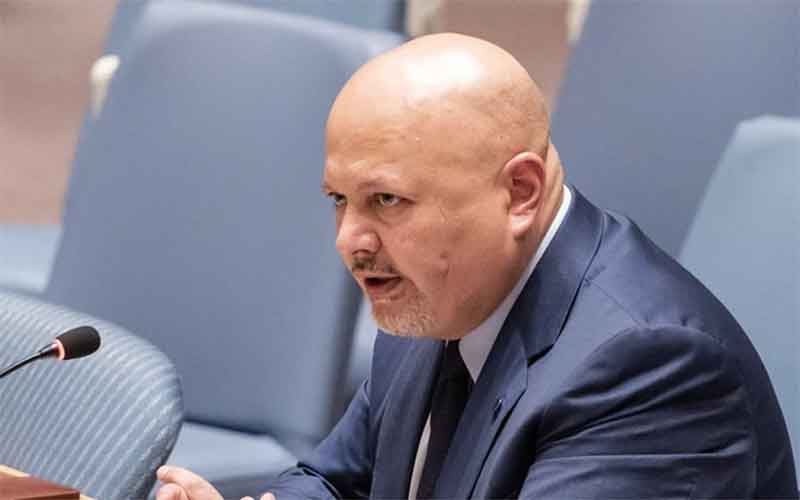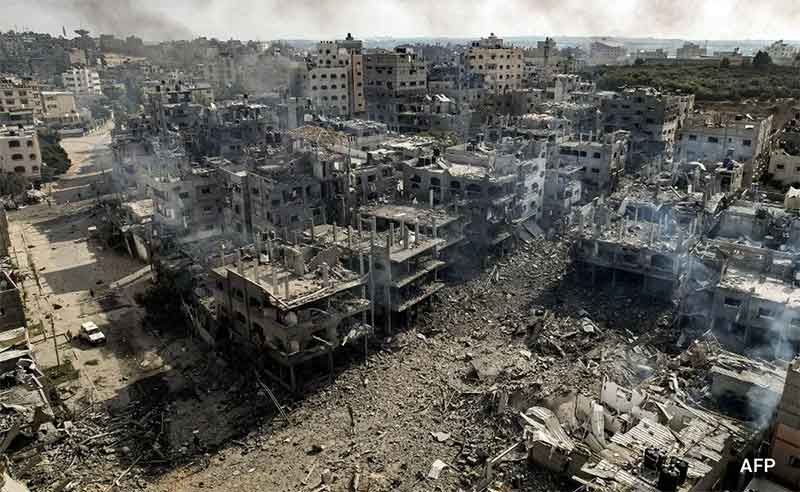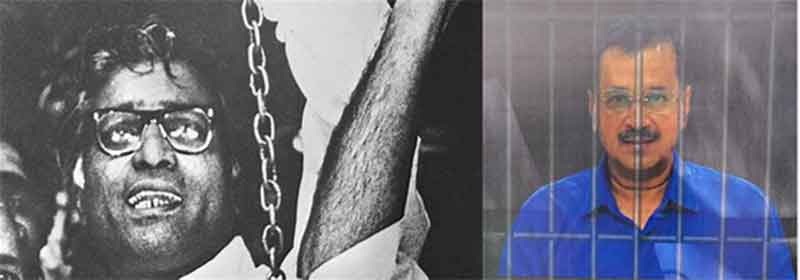
On May 12, 2020 the Prime Minister of India, Narendra Modi in his address to the nation announced the ‘Aatmnirbhar Bharat Abhiyaan’— ‘Self-reliant India Mission’. He mentioned this pandemic can be changed into an opportunity to develop the nation and help the world. Addressing to the nation he said that today there is a ‘will and way’ both, to become a self-reliant country. After announcing the package of 20 Lakh Crore he said that ‘self-reliance is only possible with self-confidence’. His speech was supposed to be a vision on how to make policy-level decisions to overcome the pandemic effect. Perhaps, he started a new mission rather than focusing on the issues and challenges present during the CoVID-19. However, the idea of self-reliance in the Indian context needs socio-political analysis.
What is the meaning of Self-reliance? When there is no expectation of any help or reliance on any person or institution other than oneself. Such an ideal situation is only possible when there is no shortage of resources or no obstructions in accessing resources. In other words, if you possess the capacity to generate resources entirely on your own. The circumstances of your education, economic and social status and familial connections prepare the grounds for these possibilities.
In the words of Dr. Ambedkar, the caste system in India divides not only labour but also the labourers[1]. Most of these labouring castes have not abandoned their caste occupations even after migrating to the cities. In fact, for many of them it is the occupations associated with their castes that has offered an opportunity to join the ranks of the workers residing in the city. For example, skilled construction workers, washer-men, sanitation workers, barbers, etc. All of them have an expertise (advantage) in their work. These skills were in turn created by the work/employment they were bound to undertake every day in the village economy. The working class brought this expertise and skill to the cities and developed their craft further with their hard work in exchange for wages. It was their labour that created palaces for Kings in ancient times, and towering skyscrapers befitting modern cities.
Most of these labouring castes, collectively referred to as Dalitbahujans[2], were crucial to the formulation of ‘development’, shaping its vision to quite an extent. They made the everyday life of the elite and middle classes easier in the cities, often forging an unsavory reconciliation between their livelihoods and self-exploitative lives. Dalitbahujan communities have a long history of establishing this accord with different exploitative classes, in different ages. These labourers have therefore contributed to the economic growth of this nation and the global economy, despite of facing the brunt of the inherent exploitation in the economic system.
A large swathe of the population began migrating to the cities from the northern plains of India to the cities, especially in the nineties. While India entered a new phase of neoliberal economic growth, eager to establish itself in the global economy, the exploited rural masses recognized the opportunity to escape the chains of the feudal society. Occupation and work continued to be identified with indignity and compulsion in the caste order of the rural society. The labourers opted to migrate to the cities, as a way to circumvent the continuous cycle of caste atrocities, debt and forced labour/begaari in the villages. At one hand, the Dalitbahujans wanted to get out of the everyday violence[3] and humiliation from the Upper Castes. On the other hand, there was not any significant improvement in their socio-economic condition. These routes, however, were not often without their share of social, economic and physical violence that were borne by them and their families.
Stepping out of the vicious feudal cycle of exploitation, did not mean stepping out of exploitation altogether. Life in the cities, brought its own modes of exploitation. Still, working in the capitalist havens had its advantages. Regular work was more easily available, wages were higher and there was a semblance of freedom from forced labour that created a brief moment of confidence among the working classes. On their visits home in the festive seasons, these workers saw their relative prosperity compared to those still seeking sustenance in the traditional occupations of the agrarian economy. Although none were spared from the burdens of debt, the hope of a marginally better income and the constraints of the feudal economy, enlivened greater numbers to make their way to the cities. Ironically, over time the community living arrangements and the nature of skill/occupational advantage began to mimic the caste order of their lives back home.
Today, the Dalitbahujan working-class people are migrating back to their villages in lakhs. Some having lost their faith entirely claim they will never return to the cities again, despite of knowing quite well that they would have to return one day. They knew these cities allowed them barely any more space than survival, just enough to continue to work a little longer. The trappings of the village life with the unending debts owed to the landlords and moneylenders have returned once again to their lives. This is not to say that they did not have to suffer the exploitation of contractors in the cities. But work was available, readily found and wages were paid, unlike the life of debt and forced labour that many will now have to return to in the villages.
The state machinery has not been able to ensure continuation of work availability in the cities, to the point of collapse of the economy. Workers have suffered unemployment, starvation, despair and even untimely death. These people find themselves on the roads and railway tracks; stuffed into trucks and other vehicles. Some have taken on to their rickshaws, others on hand-carts and bullock-carts, walking under the hot sun, without any help, without stopping, to their villages. Traveling three to five days, independent of whether or not they have received any food or refreshments on the way till they reach back to their homes. Is it morally and politically justifiable to call the deaths of these workers on the roads, railway tracks, plat-forms and inside the trains as mere accidents for a democratic nation on its way to become a world superpower? State repression in the form of police brutality on these labourers can be justified on the victims of state apathy?
The world has not witnessed migration of workers in such a large scale in recent times, and the resultant tremors are already visible in the economy. The 20 lakh crore package, announced by the government will virtually have no effect on this class of workers, even if it is of some respite to the business and middle classes. The “vocal for the local” jingle/jumla is in no way to compensate for the complete lack of focus on the rural and village economy, which is in complete disarray at the moment. Given that cities, the focal points in our economy are on the verge of stagnating with industry, construction work and other related economic activity brought to a halt in the CoVID Lockdown, the rural economy is no way capable of bearing the burden of this shock. Even respite from welfare schemes such as ‘MNREGA’, require the necessary financial resources and planning by the state governments, which might not be possible for many.
At present, the hope of people for a balanced political solution out of this crisis continues to be unmet. Both the figures and images of the workers walking the long stretches of the road raise serious questions about the state of democracy in the country. On the one hand, the historically established caste order in society has stunted any possibility of self-development, keeping them ‘alienated’ from their own progress and on the other hand, the absence of class consciousness has meant these workers will continue to remain oppressed. A call of self-reliance to these workers beset with the worst possible outcomes at the moment is therefore a cruel joke, the import of which will not be lost on them.
The makers of this nation, had the foresight to recognize the vicious nature of this exploitation, therefore establishing the new nation as a sovereign, socialist, secular, and democratic republic. The Constitution[4] of India was adapted to include ‘fraternity’, to assure social, economic and political ‘justice’, ‘freedom’, ‘equality’ as well as “dignity of the person” and ensuring the unity and integrity of the nation. According to the Indian constitution, which is the highest document for the operation of this country, it is the state that is required to initiate self-reliance among its citizens. However, the question remains as to how a society steeped in caste based hierarchy and a capitalist conception of development can achieve self-reliance?
Bagesh Kumar is a doctoral candidate at the National Institute of Educational Planning and Administration (NIEPA), New Delhi. His research area includes social exclusion, discrimination, and representation in Higher Education in India.
[1] Dr. B.R. Ambedkar: Annihilation of Caste.
[2] Kancha Ilaiah Shepherd: Why I Am Not a Hindu A Sudra Critique of Hindutva Philosophy, Culture and Political Economy
[3] REPORT OF THE WORKING GROUP ON MIGRATION, January 2017: Ministry of Housing and Urban Poverty Alleviation, Government of India.
[4] The preamble of the Constitution of India
SIGN UP FOR COUNTERCURRENTS DAILY NEWS LETTER









































